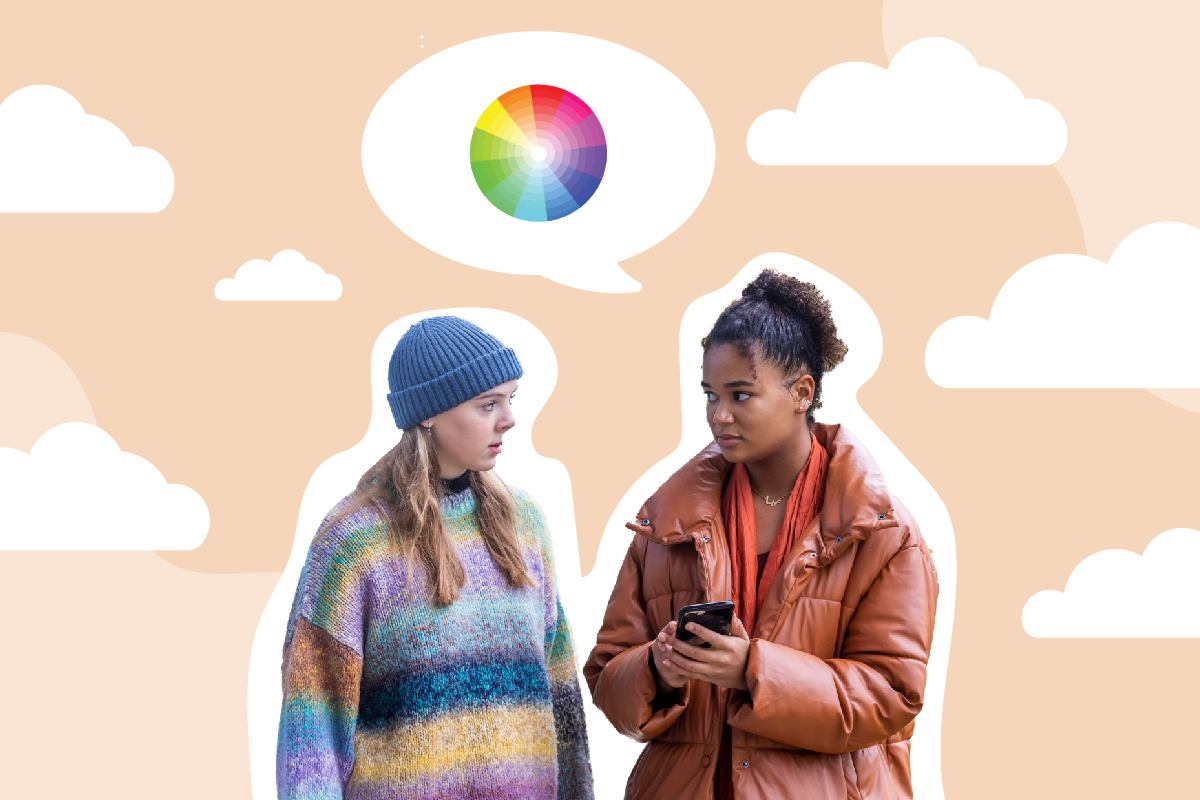Debunking autism stereotypes & autism myths


Hi, my name is Emma, I’m 20 years old and I’m autistic. This article is about the negative impacts of stereotyping and the common myths I overhear about Autism.
Autism stereotypes
When you think of people with autism, your mind might go straight to Sheldon from The Big Bang Theory; someone who is fascinated by numbers and computers but struggles with social skills and appears awkward towards people.
Alternatively, you may picture children with autism throwing tantrums.
These tend to be the most common stereotypes; however individuals with autism each present themselves differently and many of these perceptions are based on myths that need debunking.
Let’s take a look at some of the most common myths about autistic people…
Autism myths
Here are some of the most common autism myths I hear.
“That person is more autistic than you”
Many people may think the spectrum is linear, from more autistic or less autistic, however it’s a more complex condition than that. The spectrum is actually like a wheel. Adults on the spectrum will have strengths and weaknesses in different things, for example, I can get sensory overload and struggle with motor tasks, but I have good language and perception skills!
“Girls can’t have autism”
This is in fact wrong! Less women are diagnosed with autism, but this could be for several reasons. Firstly, girls tend to be better at ‘masking’ their emotions and behaviours, so during school it can be harder for teachers to notice at an early stage. In addition, many girls can be misdiagnosed with mental health problems because they haven’t been seen by someone who understands autism. I was misdiagnosed with anxiety for a while, until I was assessed by a specialist. During that time it was difficult as I was not receiving the support I needed.
Check out The Mix’s mental health resources here.
“Everyone is a little autistic”
This is something I often hear from members of my wider family. But it’s not true. Although some people may think they have some autistic traits, you are either born with an autistic brain or not. The distinction is the number of traits an autistic person has and how intensely these can influence their life.
“The puzzle symbol represents autism”
This is in fact wrong and can be very harmful. The puzzle piece symbol is rejected by the community as it symbolises that part of us is ‘missing’ or incomplete, or that we are a ‘puzzle’ that can’t be worked out. This symbol has also historically been used to frame Autism as a disease that needs to be cured. Autism is not an illness, it does not need to be fixed, it is a developmental difference that is unique for each person.
“There is a cure for autism”
Although there are interventions such as peer support groups or working with a psychologist on ways to navigate through a neurotypical world as an autistic person, there is no special treatment or cure for autism. When I was first diagnosed, I was quite overwhelmed. However, by connecting with other autistic people, I feel less alone and am now able to find ways of coping with certain situations.
Avoid making any assumptions about autism
I think it is so important not to make any assumptions about an autistic person based on how they may behave or look. Have a conversation with them to see if there are any reasonable adjustments you could put into place, and avoid basing your view on stereotypes you may see in the media.
More information about autism
- Read Niamh’s article on dating with Autism.
- You can get in touch with the team at The Mix for support with this and any other issue.
- Explore the rest of our resources on learning disabilities and syndromes here.
- Read this resource from As I Am and read this inspiring advice for young autistic people, written by autistic adults.
- Learn more about why the image of the puzzle piece is problematic in this piece by Altogether Autism.
Next Steps
- Chat about this subject on our Discussion Boards.
By Emma Hurrell
Updated on 24-Aug-2022
Sorry, comments closed
No featured article














